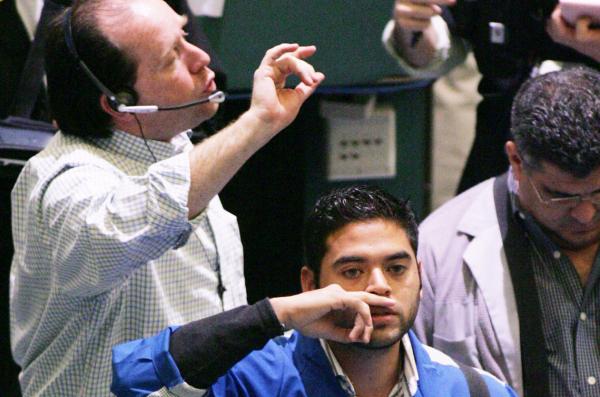
Sept. 11 (UPI) — The mixed impact from hurricanes in the United States left the U.S. and global benchmarks for crude oil moving in opposite directions early Monday.
Irma was downgraded to a tropical storm early Monday by the U.S. National Hurricane Center. Making landfall as a hurricane, it left millions of Florida residents without power and many of the regional airports were closed Monday because of heavy flooding. Though weakening as it makes its way northwest, the NHC forecast said Irma has a “very large wind field,” with hurricane-force winds extending outward as far as 60 miles.
Southern Gulf Coast states, meanwhile, continue to pick up the pieces from Harvey, which struck a central part of the U.S. energy sector in late August. As of Sunday afternoon, there were still five refineries shut down, representing about 5.8 percent of the total U.S. refining capacity.
Florida has no refineries of its own and many ports are still closed because of the storm, causing huge demand strains in the region.
A report emailed from London oil broker PVM said the impact from both hurricanes extends beyond U.S. borders.
“The temporary product shortage that has been created in the Gulf of Mexico area was felt across Latin America in countries that are traditional U.S. product importers,” the report read. “Additionally, the product shortage on the other side of the Atlantic served as a motivation for European refineries to ramp up production.”
That helps explain the variance in major oil price indices early Monday. The price for West Texas Intermediate, the U.S. benchmark for the price of oil, was up 0.55 percent at 9:10 a.m. EDT to $47.74 per barrel. The price for Brent crude oil, the global benchmark, was down 0.67 percent to $53.42 per barrel.
Meanwhile, a separate report from RBC Capital Markets said a resilient U.S. shale oil sector and robust production from Libya and Nigeria, two members of the Organization of Petroleum Exporting Countries exempt from a multilateral production cut deal, means oil prices may stay lower for even longer than expected. That comes as traders are looking for signs of a return to balance for the five-year average for global crude oil inventories, which is still in a surplus.
RBC said it expected the price for WTI would be around $49.30 per barrel and Brent is expected to average $52.50 per barrel for the year. The RBC estimate for both bencharmks is a downward revision of $3.50 per barrel.





